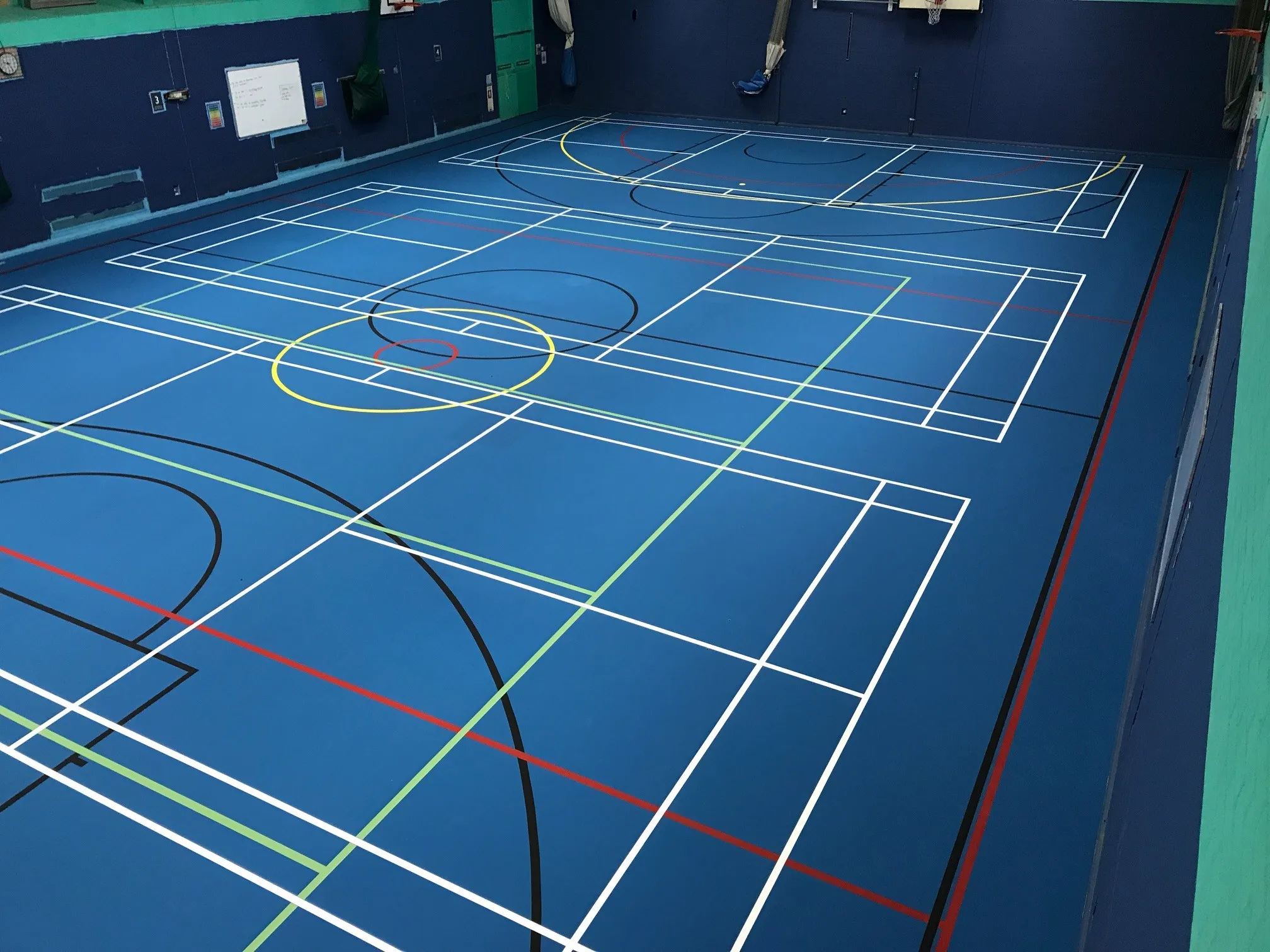spc flooring for kitchen
SPC Flooring for Kitchen A Comprehensive Guide
When it comes to renovating or designing a kitchen, one of the most important decisions homeowners face is choosing the right flooring material. The kitchen is a high-traffic area that requires flooring that is not only aesthetically pleasing but also durable, water-resistant, and easy to maintain. In this context, SPC (Stone Plastic Composite) flooring has emerged as a popular choice for many homeowners looking to enhance their kitchen space. This article explores the benefits, features, and installation process of SPC flooring for kitchens.
What is SPC Flooring?
SPC flooring is a type of rigid vinyl flooring that combines the advantages of luxury vinyl flooring with enhanced durability. It is made from a blend of limestone and PVC materials, creating a dense core that is both waterproof and highly resilient. SPC flooring comes in a variety of designs, colors, and textures, allowing homeowners to achieve the desired aesthetic for their kitchens.
Benefits of SPC Flooring for Kitchens
1. Waterresistant One of the standout features of SPC flooring is its water resistance. Kitchens are prone to spills and moisture, making traditional flooring materials like hardwood susceptible to damage. SPC flooring, on the other hand, can withstand spills without warping or staining, making it an ideal choice for this environment.
2. Durability and Longevity Kitchens experience heavy foot traffic, and SPC flooring is designed to endure it. Its dense construction ensures that it is resistant to scratches, dents, and wear over time. When properly maintained, SPC flooring can last for many years, making it a wise investment for homeowners.
3. Comfort Underfoot Unlike tile or stone, which can feel cold and hard underfoot, SPC flooring offers a bit of cushioning, making it more comfortable to stand on for extended periods. Its comfortable surface is especially beneficial in a kitchen, where cooking and meal prep can take time.
spc flooring for kitchen

4. Ease of Maintenance Cleaning SPC flooring is a breeze. Regular sweeping and occasional mopping with a damp cloth or a gentle cleaner are usually sufficient to keep it looking new. Unlike carpets or hardwood, SPC does not trap allergens, making it a healthier option for indoor environments.
5. Versatile Design Options SPC flooring is available in a wide array of designs that can mimic the look of natural wood or stone without the associated maintenance issues. Whether a homeowner wants a rustic farmhouse aesthetic or a modern sleek design, there is an SPC option to match their vision.
Installation Process
SPC flooring is relatively easy to install, which can lead to significant cost savings if homeowners choose to undertake the installation themselves. The most common method of installation for SPC flooring is the “floating floor” technique. This means that the planks are not glued down but rather locked together, allowing them to expand and contract with temperature changes without the risk of buckling.
Before installation, it is crucial to prepare the subfloor. It should be clean, dry, and as level as possible. Depending on the specific SPC product, it may not require an underlayment, as many SPC planks have an attached underlayment for added comfort and sound absorption.
Conclusion
SPC flooring is an excellent choice for kitchens, thanks to its unique combination of durability, water resistance, and aesthetic versatility. As homeowners prioritize creating functional yet stylish spaces, SPC flooring offers a practical solution that meets the demands of modern life. With its ease of maintenance and longevity, SPC flooring not only enhances the aesthetic appeal of kitchen spaces but also provides the resilience needed for everyday activities. Whether you are remodeling your kitchen or building a new one, consider SPC flooring as a top choice that balances style, comfort, and performance.
-
Waterproof Advantages of SPC Flooring Vinyl in KitchensAug.06,2025
-
SPC Hybrid Waterproof Flooring Thickness GuideAug.06,2025
-
Leveling Subfloor Before My Floor SPC InstallAug.06,2025
-
How Mesh Deck Skirting Improves Outdoor Pest ControlAug.06,2025
-
Choosing the Right Commercial Flooring for Your Business NeedsAug.06,2025
-
Choosing the Best Residential Flooring: A Comprehensive Guide to Style, Durability, and ComfortAug.06,2025




